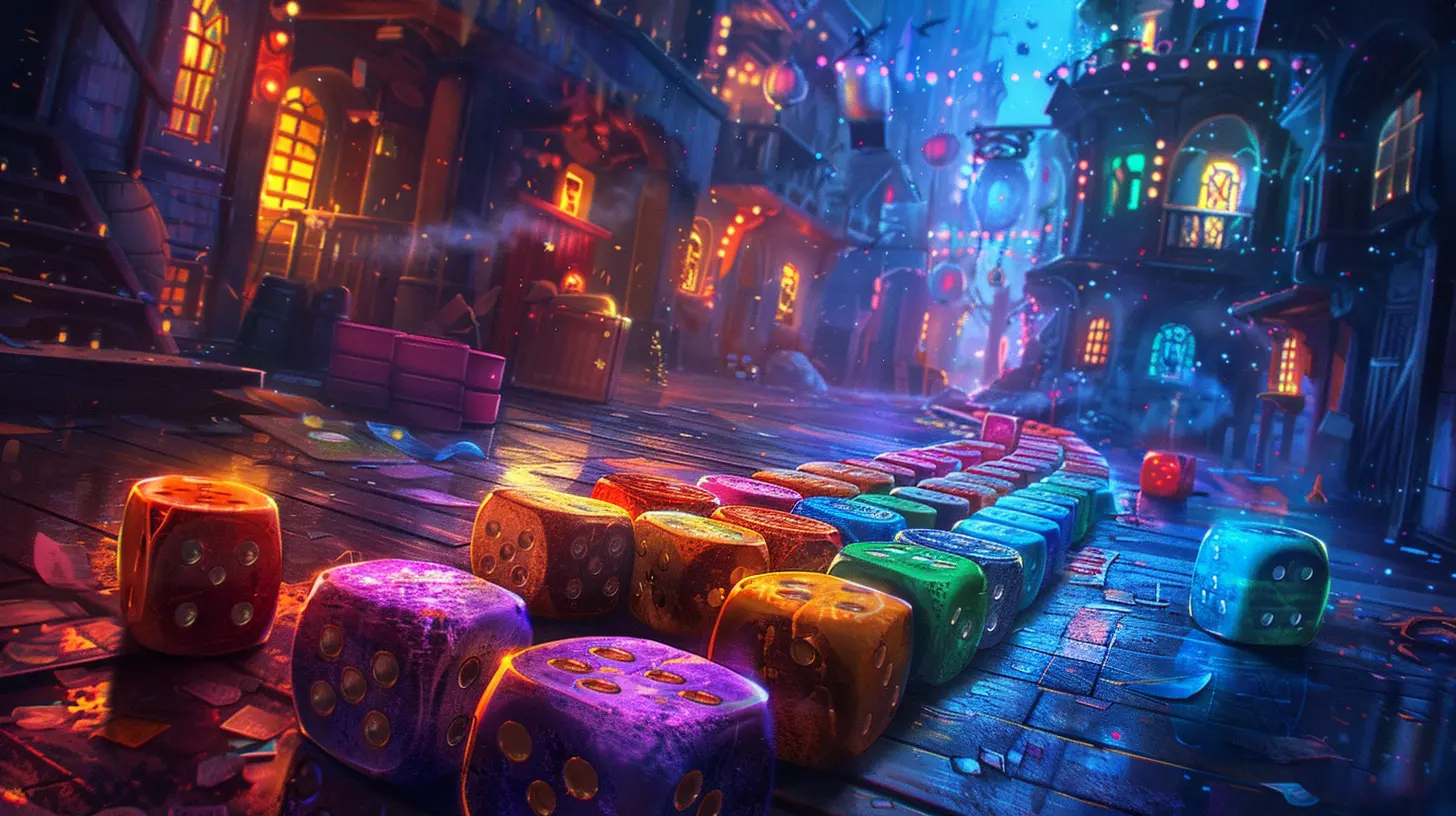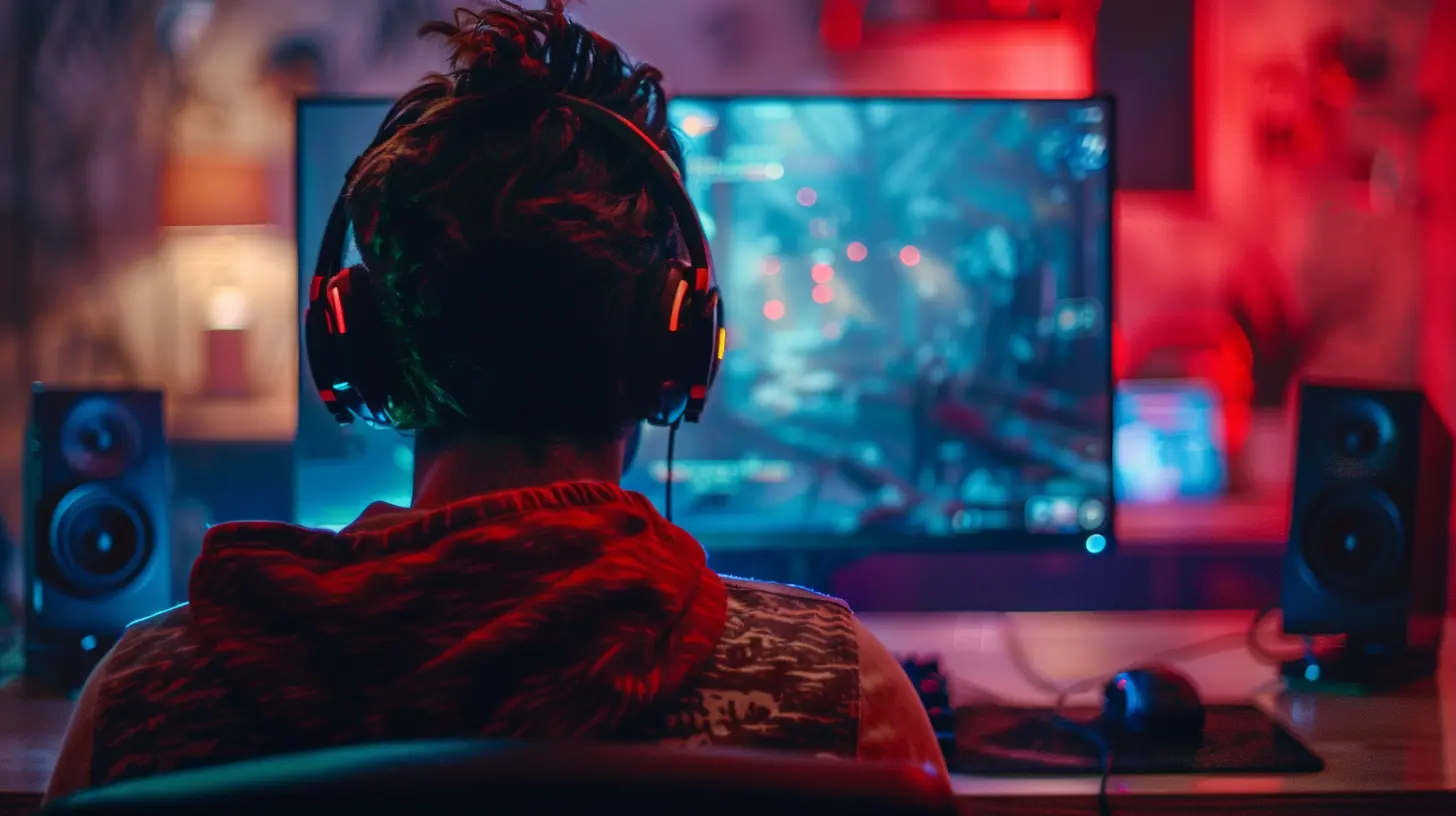Challenges of Developing a Balanced Online Game
8 August 2025
Online games—whether it's a competitive FPS, a sprawling MMORPG, or a fast-paced MOBA—are meant to be fun, fair, and engaging. But creating that perfect storm of balance? That’s a different beast entirely.
Creating a balanced online game might sound straightforward—just make sure no weapon, character, or strategy is more powerful than the others, right? Well, not exactly. Behind the scenes, game developers wrestle with a thousand moving parts, unpredictable players, and a constant stream of updates that can throw everything out of whack overnight.
In this article, we're taking an unfiltered look into the real challenges developers face when trying to make online gameplay balanced. So grab your favorite snack, because we're diving deep.
What Does "Balanced" Even Mean in Online Games?
Before we talk challenges, let’s define the goal. What does it actually mean for an online game to be “balanced”?At its core, balance means giving players a level playing field. No matter what character they pick or strategy they use, every option should have its pros and cons—but none should outright dominate. It should come down to skill, teamwork, and smart decisions—not just picking the "meta" champion or exploiting cheap tactics.
But there's a kicker—balance looks different across different types of games:
- In an MMO, balance might mean making sure all classes have a role in raids and PvP.
- In a shooter, it might mean no one gun is always the go-to.
- In a strategy game, it’s about viable diversity in tactics.
Balance is a moving target, and developers are always chasing it.
The Never-Ending Tug of War Between Casual and Hardcore Players
This is the first wall devs often hit. Casual players just want to jump in and have fun. Hardcore players are analyzing frame data, min-maxing gear, and optimizing skill rotations with spreadsheets.Now, how do you make a game that’s fun for both?
If you make it too complex, casual players bounce. Too simple, and hardcore players yawn and walk away.
Designers often struggle to create systems deep enough to reward mastery, but accessible enough for newcomers not to feel like they’re swimming with sharks. And that’s no easy feat—it's like trying to write a novel that’s equally loved by both Pulitzer judges and teenagers on TikTok.
Meta Madness: The Rise and Fall of “Overpowered” Strategies
Every game has a meta—the Most Effective Tactics Available. Sometimes it’s unintentional. A bug, an oversight, or just players being crafty.The problem? Once a meta is discovered, the whole community rushes to use it. It becomes the "standard." And once everyone’s doing the same OP thing, the game stops being fun.
Developers are constantly putting out fires here. They tweak numbers, nerf weapons, and rework abilities—but each change risks creating a new meta, just as broken as the last. It’s like playing Whac-A-Mole with overpowered strategies.
Patching Problems: The Double-Edged Sword of Frequent Updates
Live service games thrive on updates—new maps, heroes, weapons, and balance patches. It keeps things fresh.But here’s the dark side: every patch can accidentally break something.
You buff a weak character? Suddenly they’re unstoppable. You nerf a strong weapon? Now no one uses it, and the game tilts in the other direction.
Balancing through patches is like trying to remodel a house while people are still living in it. You're constantly tweaking things, but you can't just shut the whole thing down to start from scratch.
Worse, players react fast. One patch goes live, and within hours, YouTube is flooded with videos titled “NEW BROKEN BUILD!” and "NERF THIS NOW!" The pressure is real.
Player Perception vs. Reality
Here’s a fun twist: sometimes something isn’t actually overpowered—but players think it is.Maybe a gun sounds louder. Maybe an enemy champion’s moves look flashier. Maybe someone lost a match and needed something to blame.
Player perception can skew public opinion, which forces developers to act—even if the data doesn't back it up. It's like refereeing a game where everyone has their own opinion on the rules.
Balancing isn’t just about numbers—it's about psychology.
The Domino Effect of Small Tweaks
Minor changes can have massive consequences.Increase a cooldown by 0.5 seconds? Suddenly, a character’s combo doesn’t work anymore. Adjust bullet spread slightly? Now an entire weapon class becomes useless at range.
Everything in a game is interconnected. One change can trigger a chain reaction, unintentionally buffing or nerfing unrelated mechanics.
It’s similar to changing one ingredient in a recipe—suddenly the whole dish tastes off.
Community Expectations and Backlash
Gamers are passionate. Like, really passionate.That’s awesome… until it's not.
Developers constantly walk on eggshells trying to please a community that’s vocal, diverse, and often split in opinions.
Implement a balance patch? Half the community cheers. The other half screams bloody murder. Forums erupt, social feeds light up, and everyone’s got a hot take.
Developers have to sift through all that noise, figure out what feedback is valid, and ignore the rest without alienating their player base. Not easy.
Cross-Platform and Esports: New Layers to an Old Problem
Today’s online games aren’t just locked to PCs or consoles. They’re everywhere—PlayStation, Xbox, PC, even mobile. And when a game supports cross-play? Things get extra messy.What works well with a mouse and keyboard might be clunky on a controller. Aim assist, UI scaling, lag compensation—all of it needs to be considered when balancing cross-platform games.
And if your game hits the esports scene? The pressure doubles.
Now developers aren’t only balancing for regular players—they’re balancing for pro players with lightning-fast reflexes and sponsorship deals. The stakes are higher, and a single balance slip-up could skew tournament outcomes.
Monetization and Balance: A Tricky Relationship
Let’s get real—many online games are free-to-play with in-game purchases. And that’s fine. But when monetization mixes with balance? Yikes.If a new character releases and happens to be a bit too strong, some players feel that the devs did it on purpose to drive sales.
The term “pay-to-win” gets thrown around faster than you can say “microtransaction.” Even if it’s not true, perception alone can damage a game’s reputation.
Developers have to walk a tightrope—keeping the monetization fair while ensuring that balance isn’t influenced by the need to make money.
Data Overload: Interpreting What the Numbers Really Say
Modern online games harvest mountains of data—win rates, pick rates, kill/death ratios, heat maps, you name it.But data doesn’t always tell the whole story. A hero may have a high win rate, but only in low-tier games. Another may be overpicked, but only because they’re fun—not because they’re strong.
Parsing that data, understanding context, and drawing the right conclusions? That’s half the battle.
The Human Element: Balancing for Fun, Not Just Fairness
At the end of the day, balance isn’t just a math problem. It’s an emotional one.Sure, every class may have similar win rates, but are they all fun to play? Does the gameplay feel rewarding? Is there enough variety to keep people coming back?
That’s where the human touch comes in. Developers need to feel the game, not just analyze it.
Sometimes, you intentionally leave a tiny imbalance—just to spice things up. A little chaos, after all, keeps things interesting.
Final Thoughts: Balance is a Journey, Not a Destination
Developing a balanced online game isn’t like solving a puzzle—it’s like tending a garden. Things grow, shift, wilt, and bloom. You constantly adjust, trim, and tweak.There’s no such thing as perfect balance. And even if you do get close, give it a few weeks and players will break it again!
But that’s part of what makes online games so thrilling. The meta evolves, strategies change, and every patch brings new discoveries.
For developers, the challenge is constant. For players, it’s the reason they keep coming back.
Balance isn’t a one-time achievement. It’s a living, breathing part of the game.
And honestly? That’s kind of beautiful.
all images in this post were generated using AI tools
Category:
Online GamesAuthor:

Lucy Ross
Discussion
rate this article
1 comments
Emily McCracken
Balancing an online game presents unique challenges, including player diversity, evolving meta strategies, and continuous feedback incorporation. Successful developers must prioritize player experience while maintaining competitive integrity and fairness.
August 18, 2025 at 4:10 AM

Lucy Ross
Absolutely! Balancing online games requires a keen understanding of player diversity and adaptability to changing strategies. Prioritizing player experience while ensuring fairness is crucial for long-term success.


